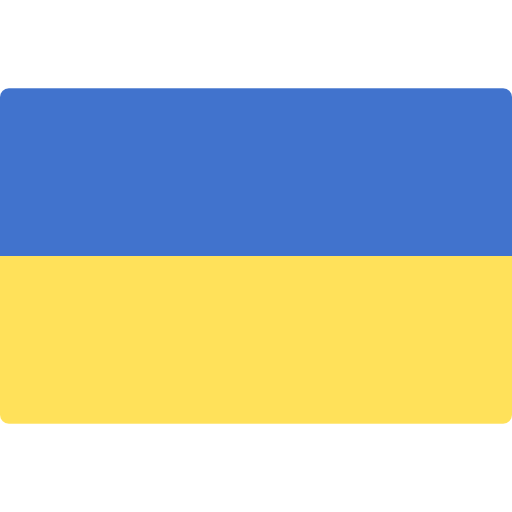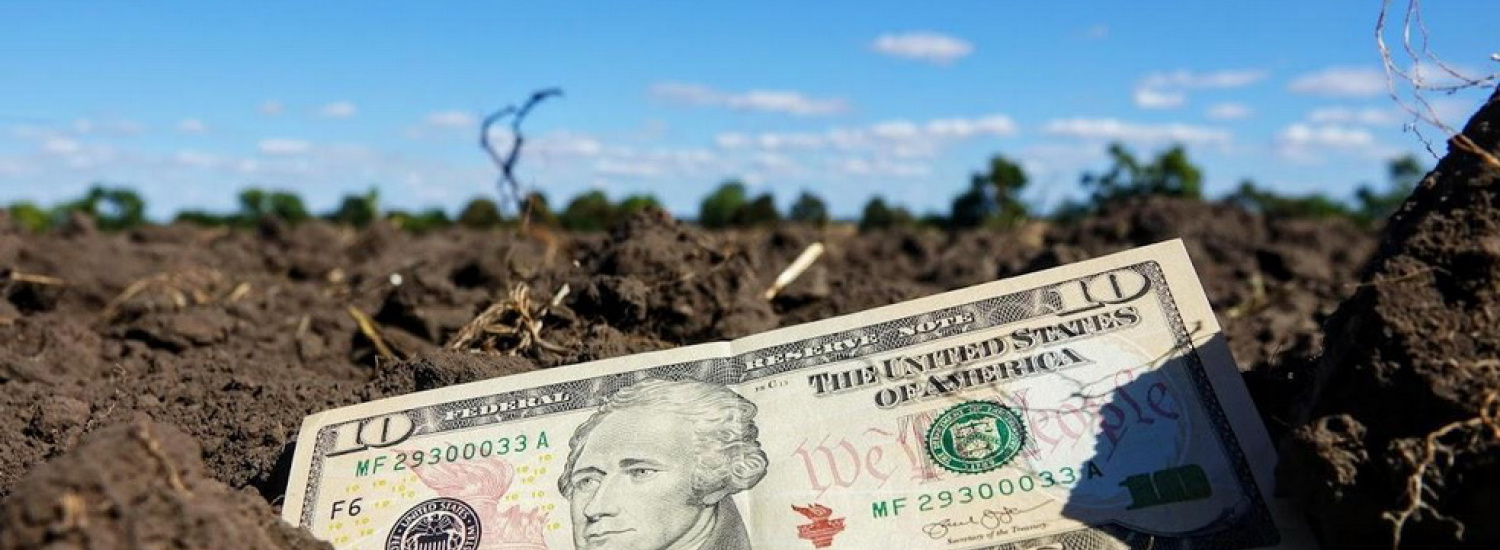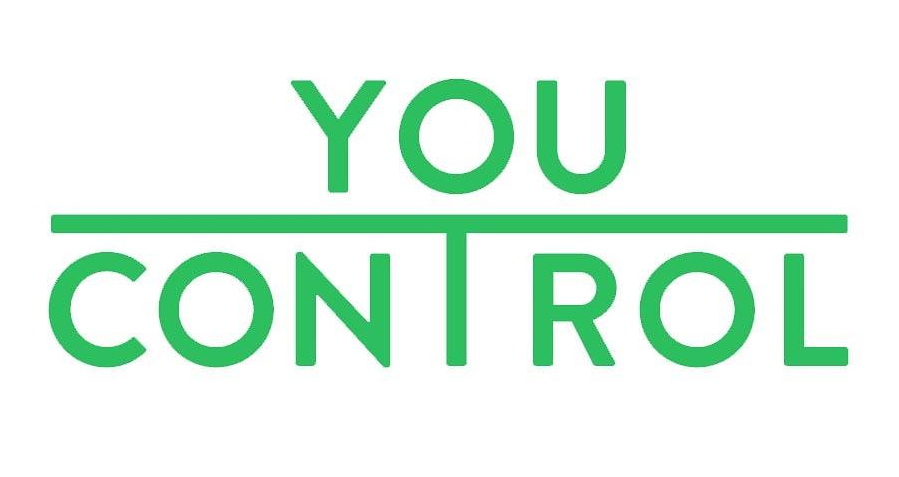Good day to you! Today I want to tell you how, throughout all these years of independence, land was stolen by officials, those in power, deputies, and covered up by law‑enforcement bodies. For many this won’t be news, but for the majority of the population it will open their eyes wide. The purpose of this article is an open appeal to law enforcement and our Western partners who are in Ukraine and conduct many different studies and investigations, including into corruption, the wealth of Ukraine, its subsoil and its land.
I’ll begin with what I know about several main schemes of land theft, embezzlement and transfer into (the right hands). Of course, there are many more. As an example, let’s take the towns of Bucha District: Bucha, Irpin, Borodianka, Hostomel, Nemishaieve, Kotsiubynske and others.
Let’s start from the time when small towns and settlements around Kyiv began to develop in Ukraine. There is no single date, because in many places (the interest in land) as a means of income appeared at different times. A large boom in land plundering began in 2012–14, followed by resale and appropriation of whatever remained in later years. But by forging documents, land was still attempted to be stolen in 2012–15, until the introduction of electronic cadastres and the creation of the unified one that still operates today – the Cadastre of Lands of Ukraine.
In such towns as Bucha, Irpin, thesettlement of Hostomel and Kotsiubynske, representatives of the authorities quickly oriented themselves, calculating the future strategic importance of both international highways and proximity to the capital. Naturally, they also took into account the region’s natural resources such as water bodies, forests, and transport interchanges.
In order to hide the crime of large‑scale land embezzlement and to avoid being caught, the local “princes” at every council session, voting dozens of hectares of community land to their planted people, also distributed small plots of 0.05–0.25 hectares without exception to all local deputies and relatives of law‑enforcement officers (both local and Kyiv‑region). Thus, making it impossible to bring them to criminal responsibility, as well as (the “votes on these matters” – a collective decision of the deputy body), which in fact makes them and the law‑enforcement officers CO‑PERPETRATORS OF THE CRIME!
Of course, this massive all‑Ukrainian scheme involved many more state structures and regulatory bodies, as well as (“black notaries and registrars”). Here we name only the main participants of the organized criminal group:
– MAYORS, SETTLEMENT HEADS, PART OF THE DEPUTY BODY (namely the heads of land commissions and most members of these standing committees),
– STATE GEO‑CADASTRE, SOME REPRESENTATIVES OF THE SBU, POLICE, PROSECUTOR’S OFFICE AND REGIONAL STATE ADMINISTRATION.
Many of these people still head the towns and state and law‑enforcement bodies of both Bucha District and the region.
Scheme Two.
In many towns and villages of Bucha District after 2015–19 there was a change of power; marauding entrepreneurs came in — both the deputy body and city leadership. But because in towns like Hostomel, Irpin, Bucha, and a few settlements such as Vorzel, the upper echelon of local self‑government remained practically unchanged in a quasi‑monarchical composition, businessmen in power and the new‑old deputies began analyzing lands that were not yet stolen and not yet distributed, or had been distributed by their predecessors to local deputies of past convocations and their relatives. This was done to create a scheme and conditions for the development of towns, villages and settlements, and to attract medium and small business to the populated areas.
The expanded opportunities for marauders in power were further supported by Cabinet initiatives, which created these so‑called “principalities” — amalgamated territorial communities (OTG) — and transferred full powers locally in the regions, allowing a complete cycle of formalizing and building on communal lands stolen from the community.
They did this by creating a database hidden from ordinary Ukrainian citizens (who, under the Constitution, have the right to land and information) containing every cadastral register and every undeveloped land parcel that had not yet been distributed.
The scheme then works as follows (let’s again use the examples of the towns Borodianka, Bucha, Irpin, Hostomel and Kotsiubynske). When business representatives or internally displaced persons from other regions—let me remind you, in case anyone’s forgotten: the war has been going on for eleven years—come looking for land on which to open a small or medium‑sized business (supermarkets, high‑rise developments, private housing or service‑sector shops), the first thing they do is approach either the top levels of the local government or a member of the municipal council whose faction deals in community land.
Those organizers identify parcels that suit the client’s needs and wishes, and “specially trained people” from the land‑management commission (or others complicit in the scheme) shepherd the preparation of the entire documentation package—starting with drafting the application on behalf of the future owner or lessee, up through all the necessary permits. They even take responsibility for assigning the correct land‑use designation to the plots the buyer has chosen.
By contrast, ordinary citizens and war veterans—when they file land applications (ever since 2016)—cannot see which parcels are available, what their status and permitted uses are, or whether utilities and “red lines” lie nearby.
Once the people who have taken on “turnkey” responsibility for securing the land have done their work, they collect an advance payment that covers their fees, the cost of preparing the parcel and its paperwork, the lobbying expenses for pushing the issue through the council session, and a few other minor costs. After the first successful council vote approving the buyer’s chosen plot, they charge the client the full agreed price for that parcel. Then, at a second council session—armed with all the finalized documents—the community land is transferred into lease or ownership by the entrepreneur. This is the second stage of the corrupt scheme to plunder communal lands!
The most vivid examples of this scheme can be seen in Hostomel, Bucha, Borodianka, Irpin, Nemishaieve and Kotsiubynske!
So if you take the trouble to conduct your own investigation, you will find that, at various times, virtually every council member (especially the families of those on the land‑management commissions and the mayors) owns their own land parcels—and usually more than one—and has amassed considerable wealth by selling these lands, both in the past and continuing today. Moreover, the majority of these deputies hold no other jobs and carry on no legitimate business activities.
Thus, land that was once stolen and sold off for next to nothing in the Bucha district, as the area develops, becomes “golden” and yields its (“owners’”) fraudulent profits greater even than Bitcoin.


















Андрей
👍✊